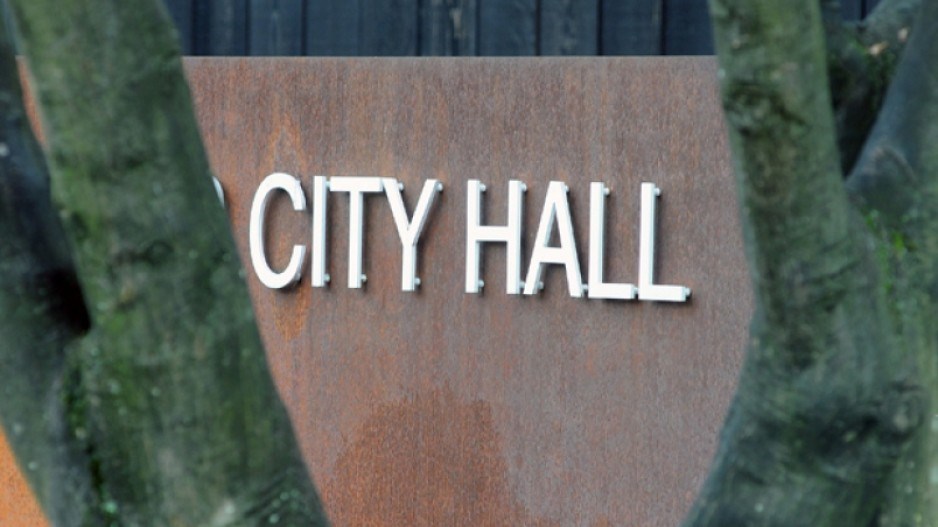If you build denser you’ll pay dearer.
That’s the message in the City of North Vancouver where rates for community amenity contributions – which tend to be levelled on developers who exceed density guidelines – are set to rise 35 per cent in the city centre and 52 per cent on the outskirts beginning Jan. 1, 2018.
The city centre is sandwiched between Mahon and St. Andrews avenues and bordered by the highway and the waterfront.
The change is late, according to North Van City Voices, a watchdog group advocating a freeze on development given the number of housing projects in the pipeline.
By not charging heftier fees, the city has fuelled real estate speculation while “doing little to generate affordable housing,” according to member Fred Dawkins, who recently appeared at council to oppose the city’s density bonus rates.
Dawkins took aim at The Anchor, a 61-unit East Third Street development approved in 2012.
In that case, the developer requested 10,888 square feet be excluded from the city’s floor space calculations. In return, the developer pledged to fill that space with 18 market rental units and to pay the city a $100,000 community amenity contribution. The developer also funded infrastructure improvements and public art.
Given that those units are now selling for approximately $1,000 per square foot, the increase in value was essentially a gift to the developer “with no strings attached,” argued Dawkins.
The value of rental density on vacant land was approximately $100 per square foot in 2012, according to a city staff report.
“This value is not to be confused with the cost per square foot of improved land in today’s dollars,” the report noted.
If a project similar to The Anchor were approved in 2018, the developer would likely be on the hook for a $2.3-million community amenity contribution under the new rules.
Coun. Rod Clark sought to defer council’s July 24 decision on community amenity contributions, citing his desire to pore over a report from North Van City Voices in greater deal.
The deferral was narrowly defeated following an objection from Coun. Craig Keating, who emphasized the city’s role in addressing the regional housing crisis.
“When you talk to actual human beings who need real places to live and cannot afford to buy in this community, rental housing policy is absolutely crucial,” he said, describing the city’s 0.3 per cent vacancy rate as
“punishingly low.”
A “healthy” vacancy rate is between three and five per cent, noted a city staff report.
Low vacancy rates are leading to higher rents, according to a 2016 report from the Canada Mortgage and Housing Corp. New tenants in older buildings face 6.4 per cent rate hikes, more than twice as much as the allowable increase for established tenants.
For Coun. Pam Bookham, all new development “needs to make a financial contribution to the redevelopment of Harry Jerome.”
Bookham also backed deferral, suggesting developers already have five months to “get in under the lower, existing rate.”
Keating differed with Bookham on both the deferral and the primacy of the new Harry Jerome community recreation centre.
“Talking about the thing that people in our community need, I think a place to live is top of the list,” he said. “By the time you get to a pool and curling . . . you’re pretty far down the list.”
The city’s community amenity contribution rates are currently “a bit low,” according to staff.
The community amenity contribution rate of $190 per square foot in the city centre is a “fair price point,” according to an analysis from G.P. Rollo & Associates. The charge should allow developers to make a 15 per cent profit, assuming prices hover above $1,000 per square foot. Charges for projects outside the city centre are set to rise to $175 per square foot.
If the housing market remains strong, the city could pocket between $6 and $10 million per year in community amenity contributions. In 2016, the city collected $3.85 million.
The payment are meant to mitigate the impacts of new projects without reducing the rate of development, according to a staff report. The payments are also meant to encourage developers to build less expensive housing, and housing for residents with special needs.




